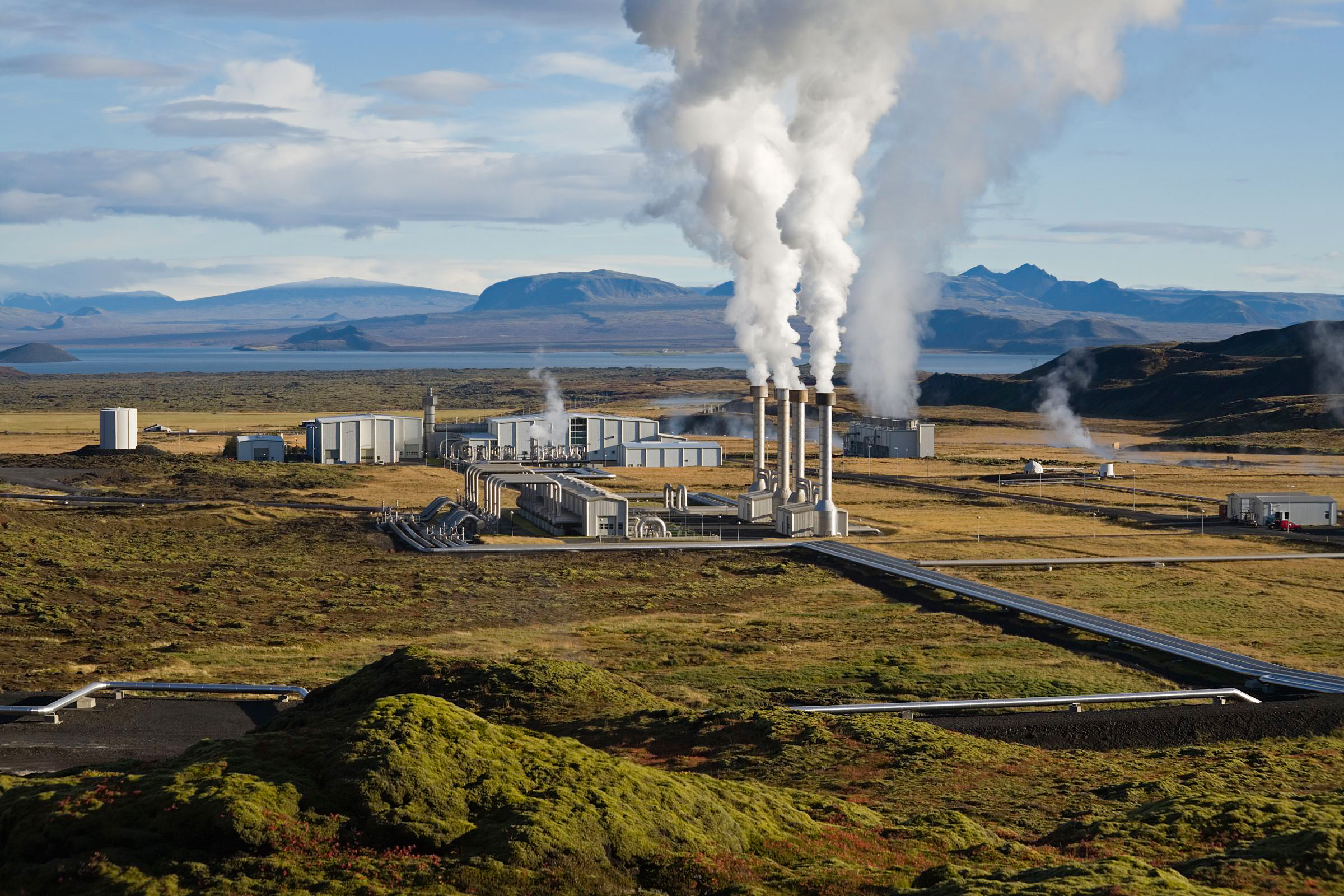Bonface Orucho
The latest report from Norwegian energy research firm Rystad Energy sheds light on the prospects of geothermal energy to play a crucial role in meeting Africa’s increasing energy demands in the coming decades.
“This growth will take the continent from being the sixth largest geothermal power generator in 2023 to the third largest in 2030,” Daniel Holmedal, a senior supply chain analyst at Rystad Energy, said of the region’s current geothermal trajectory.
“Developments that we project to come online given economics and demand really highlight the rapid buildout.”
The forecast anticipates that investments in Africa’s geothermal sector will soar to at least US$35 billion between 2024 and 2050, driven by the surging energy demand in East Africa.
Kenya and Ethiopia are poised to spearhead this growth, contributing nearly 90% of the total capacity. Their abundant geothermal resources and Ethiopia’s need to diversify its power sector, which is 88% hydro-based, will be the driving factors behind the expansion of geothermal installations in this sector, according to the report.
Power supply in both countries is expected to increase sixfold from 2023 to 2050, surging from 34 terawatt-hours (TWh) to 222 TWh. Rystad Energy projects that the geothermal capacity in Kenya and Ethiopia will soar well beyond 10 GW by 2050, with the potential to reach as high as 12 GW.
Given its abundant geothermal resources, robust local expertise, and growing interest from international players, it is foreseeable that Kenya’s share of this total will surpass 8 GW in the projected period.
Recent developments in both countries affirm the report’s projections, emphasizing the substantial potential for these nations and the wider region to integrate geothermal energy into their energy mix.
With close to 1000 MW already installed, Kenya ranks as the 8th largest geothermal power producer globally and has more geothermal power capacity under construction than any other country, globally.
With an ambitious plan to double the current capacity by 2030, the Kenyan government is actively working to establish solid frameworks to support and fast-track the achievement of these targets.
In the latest development, legislators in Kenya directed the national utility, Kenya Power, to terminate a deal with Africa Geothermal International due to “continued delays in starting exploration of geothermal power on an allocated block.”
This termination will leave KenGen free to directly explore additional blocks in Olkaria, where 34 wells, including 26 production wells and 8 injection wells, with a tipped generation capacity of more than 1100 MW, are yet to be exploited, as reported by the country’s Business Daily.
Exploration and development activity is underway, too, at other geothermal sites in Kenya. In August, the Baringo-Silali Geothermal Project successfully drilled a new well, the Paka Well 8-A, adding 20 MW of electricity to the national grid.
More such explorations and rollouts can be expected, especially now that Kenya has secured a US$48 million (45 million euros) loan from Germany for the development and upgrade of geothermal wells in the country.
There is also a noticeable surge in geothermal activity in Ethiopia, which has the potential to generate at least 10 GW of energy from geothermal sources.
In September, the Ethiopian Electric Power (EEP) Geothermal Sector Development Project Directorate announced the successful completion of production tests for six geothermal wells for the 35 MW phase 1 of the Aluto Langano project. The project plans to generate 70 MW in two phases.
Earlier that same month, Canada-based 4th Resource signed a memorandum of understanding with Ethiopia Investment Holdings (EIH), the strategic investment arm of the Government of Ethiopia, for the development of the Hermokale geothermal project. These are among the 24 sites that the Ethiopian Geological Survey discovered in 2018 as potential geothermal drilling sites.
Interest in harnessing geothermal energy resources is also growing in African countries situated along the same East African Rift System currently being tapped by Ethiopia and Kenya. These countries include Tanzania, Burundi, Rwanda, Uganda, Kenya, Ethiopia, Djibouti, and Eritrea.
In Tanzania, 50 sites have been earmarked as potential locations to generate geothermal electricity. Kenya’s electricity generating company, KenGen, is leveraging its expertise and technical know-how to explore drilling opportunities in Tanzania and Malawi. According to The East African, KenGen already operates drilling sites in Ethiopia and Djibouti.
Kiiza Hussein, a creative consultant at UNDP, underscores the significance of international collaboration and knowledge sharing in accelerating exploration and rollouts.
“African nations can leverage partnerships with countries, organizations, and institutions that have expertise in renewable energy to accelerate their own development,” he explains.
“African countries can also allocate resources to research initiatives that focus on adapting and optimizing technologies to their specific climatic and geographic conditions,” he adds.
According to the United Nations Environment Program and the Infrastructure Consortium, the geothermal potential capacity for eastern Africa exceeds 20 GW, highlighting the considerable opportunities that lie ahead in the region for geothermal energy.
bird story agency
A recent report by Rystad Energy highlights the significant potential of geothermal energy in addressing Africa's rising energy needs. The report projects that Africa will move from the sixth largest geothermal power generator in 2023 to the third largest by 2030.
Investment in Africa's geothermal sector is expected to reach at least US$35 billion by 2050, driven primarily by the increasing energy demands in East Africa. Kenya and Ethiopia are anticipated to lead this growth, accounting for nearly 90% of the total capacity due to abundant geothermal resources and the need for Ethiopia to diversify its predominantly hydro-based power sector.
Power supplies in Kenya and Ethiopia are predicted to increase sixfold, jumping from 34 terawatt-hours (TWh) in 2023 to 222 TWh by 2050, with geothermal capacities potentially exceeding 10 GW. Kenya, already the 8th largest geothermal power producer globally, plans to double its current capacity by 2030; the termination of a deal with Africa Geothermal International will allow KenGen to explore additional geothermal wells in Olkaria.
Ethiopia is also witnessing a surge in geothermal projects, including the significant Aluto Langano project and the Hermokale geothermal project. Other African countries along the East African Rift System, such as Tanzania, Rwanda, and Uganda, are also exploring their geothermal potential.
Kiiza Hussein from UNDP emphasizes the need for international collaboration to expedite geothermal development. The geothermal capacity potential for Eastern Africa is estimated to exceed 20 GW, presenting substantial opportunities for renewable energy expansion in the region.






